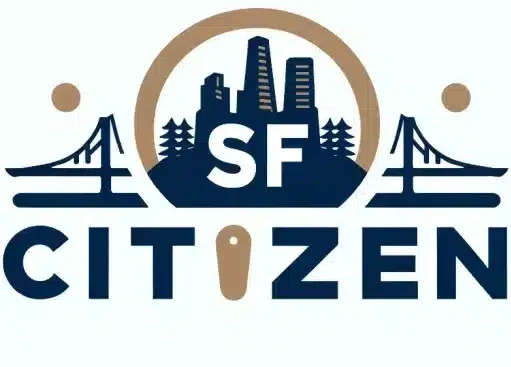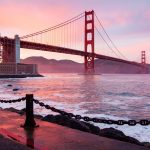El Camino Real, meaning “The Royal Road” in Spanish, is a historic 600-mile trail that connects the 21 Spanish missions in California, along with several sub-missions, four presidios, and three pueblos. This iconic route played a crucial role in California’s early history and continues to shape the state’s identity today.
In This Article
Key Points
- El Camino Real connects 21 Spanish missions, 4 presidios, and 3 pueblos across 600 miles in California
- The route was instrumental in California’s early history and development
- Today, the trail is a popular tourist attraction and a symbol of California’s rich cultural heritage
History and Significance
The original El Camino Real began in Loreto, Baja California Sur, Mexico, at the site of the first successfully established mission in Las Californias. From there, the trail extended northward, with Franciscan missionaries, led by Junipero Serra, establishing missions along the way. The first of the 21 missions in Alta California was founded in San Diego in 1769.
The Portola expedition of 1769, which included Serra and other missionaries, followed the coastline from San Diego northward, eventually reaching the San Francisco Bay. Along the way, they identified several future mission sites, which were later developed.
El Camino Real served as the primary land route between the missions, facilitating transportation, communication, and trade in the region. It connected the missions to the presidios, which were military outposts, and the pueblos, which were civilian settlements.
El Camino Real Today
Today, El Camino Real is a popular tourist attraction and a symbol of California’s rich cultural heritage. While much of the original trail has been paved over or developed, portions of it can still be explored on foot or by car.
The route is marked by a series of distinctive bell markers, known as the Mission Bell Marker System. These markers, placed at intervals along the trail, serve as a reminder of the route’s historical significance and help guide visitors along the way.
Many of the missions along El Camino Real have been preserved and restored, offering visitors a glimpse into California’s early history. Some notable missions include:
- Mission San Diego de Alcala (San Diego)
- Mission San Carlos Borromeo de Carmelo (Carmel)
- Mission San Francisco de Asis (San Francisco)
- Mission San Juan Capistrano (San Juan Capistrano)
- Mission Santa Barbara (Santa Barbara)
In addition to the missions, visitors can explore the historic presidios and pueblos along the route, such as the Presidio of San Francisco and the Pueblo de Los Angeles.
El Camino Real and Modern Development
As California has grown and developed, El Camino Real has played a role in shaping the state’s modern transportation network. Many of the state’s major highways, including U.S. Route 101 and Interstate 5, follow portions of the original trail.
In recent years, there has been a growing interest in preserving and revitalizing El Camino Real as a cultural and recreational resource. The Grand Boulevard Initiative, for example, is a collaborative effort to transform the route into a more pedestrian-friendly, transit-oriented corridor.
Other efforts have focused on creating bike and hiking trails along portions of the route, promoting sustainable transportation and encouraging visitors to explore the trail’s historic sites.
FAQ
How long is El Camino Real?
El Camino Real stretches approximately 600 miles from San Diego to Sonoma, connecting 21 Spanish missions along the way.
What is the Mission Bell Marker System?
The Mission Bell Marker System is a series of distinctive bell markers placed at intervals along El Camino Real to guide visitors and commemorate the route’s historical significance.
Can you still walk or drive along El Camino Real today?
While much of the original trail has been paved over or developed, portions of El Camino Real can still be explored on foot or by car. Many of the missions, presidios, and pueblos along the route have been preserved and are open to visitors.
What is the Grand Boulevard Initiative?
The Grand Boulevard Initiative is a collaborative effort to transform El Camino Real into a more pedestrian-friendly, transit-oriented corridor, promoting sustainable development and revitalization along the historic route.
What are some notable missions along El Camino Real?
Some notable missions along El Camino Real include Mission San Diego de Alcala, Mission San Carlos Borromeo de Carmelo, Mission San Francisco de Asis, Mission San Juan Capistrano, and Mission Santa Barbara.

